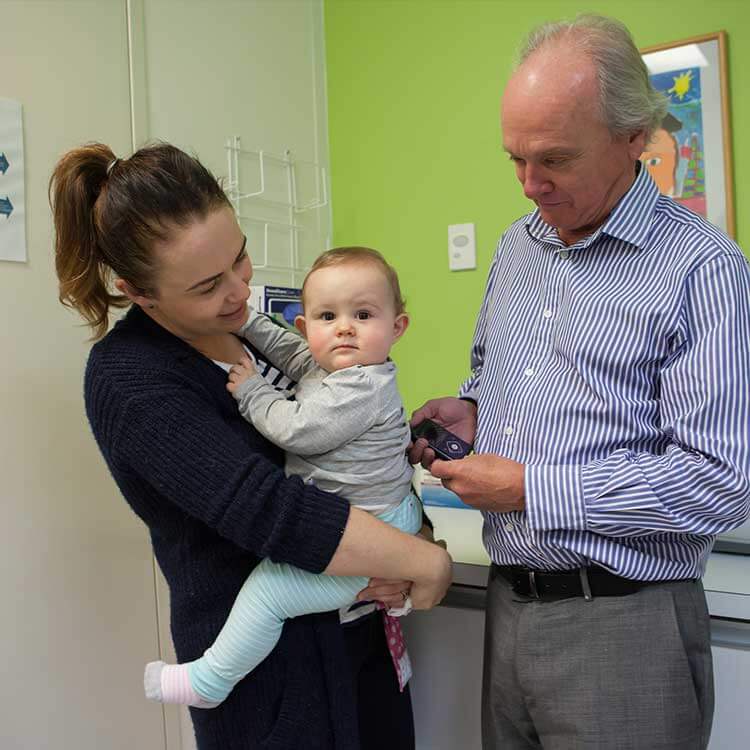Search
Research
In safe hands: child health data storage, linkage and consent for useWhile there is potential for societal benefit from linkage and integration of large datasets, there are gaps in our understanding of the implications for children and young people, and limited inclusion of their views within this discourse. We aimed to understand the views and expectations of children, young people and their parents/caregivers in Aotearoa New Zealand regarding child health data storage, linkage and consent for use.
Research
Following in Banting’s footsteps or straying from the path? Observations from contemporary diabetes innovationWhile advancements in the treatment of diabetes continue to rapidly evolve, many of the newer technologies have financial barriers to care, opposing the egalitarian ethos of Banting who sold his patent on insulin for a nominal cost to allow it to be made widely available. Inequity in access to new therapies drives disparity in diabetes burden with potential for these gaps to widen in the future.
Research
The Right Advice, from the Right Person, in the Right Way: Non-Engaged Consumer Families’ Preferences for Lifestyle Intervention Design Relating to Severe Obesity in ChildhoodFamily-based lifestyle interventions for children/adolescents with severe levels of obesity are numerous, but evidence indicates programs fail to elicit short- or longer-term weight loss outcomes. Families with lived experience can provide valuable insight as we strive to improve outcomes from programs. Our aim was to explore elements that families desired in a program designed to treat severe levels of obesity in young people.
Research
Socioeconomic status and diabetes technology use in youth with type 1 diabetes: a comparison of two funding modelsTechnology use, including continuous glucose monitoring (CGM) and insulin pump therapy, is associated with improved outcomes in youth with type 1 diabetes (T1D). In 2017 CGM was universally funded for youth with T1D in Australia. In contrast, pump access is primarily accessed through private health insurance, self-funding or philanthropy.
Research
Physical activity management for youth with type 1 diabetes: Supporting active and inactive childrenRegular physical activity and exercise are important for youth and essential components of a healthy lifestyle. For youth with type 1 diabetes, regular physical activity can promote cardiovascular fitness, bone health, insulin sensitivity, and glucose management. However, the number of youth with type 1 diabetes who regularly meet minimum physical activity guidelines is low, and many encounter barriers to regular physical activity.
Research
Digenic Congenital Hypogonadotropic Hypogonadism Due to Heterozygous GNRH1 p.R31C and AMHR2 p.G445_L453del VariantsA 28-year-old man with congenital hypogonadotropic hypogonadism (CHH) was found to be heterozygous for the GNRH1 p.R31C mutation, reported in the literature as pathogenic and dominant. The same mutation was found in his son at birth, but the testing of the infant at 64 days confirmed the hormonal changes associated with minipuberty.
Research
Increasing the low-glucose alarm of a continuous glucose monitoring system prevents exercise-induced hypoglycemiaThe use of continuous glucose monitoring systems (CGMSs) with low-glucose alarms is advocated as a means to decrease the risk of hypoglycemia in type-1 Diabetes
Research
Clustering of psychosocial symptoms in overweight childrenThe aims of the present study were to (i) examine the relationship between children's degree of adiposity and psychosocial functioning; and (ii) compare patterns of clustering of psychosocial measures between healthy weight and overweight/obese children.

The Children's Diabetes Centre's research into Type 1 diabetes, childhood onset Type 2 diabetes and obesity aims to improve the lives of children and adolescents affected by these conditions.
Research
Exercising Safely with Type 1 Diabetes – Development of Clinical GuidelinesOur research focuses on what are the best ways for patients with Type 1 Diabetes to exercise safely. We aim to develop clinical guidelines that provide improved advice for patients and educate patients on how to prevent hypos during and after exercise.
